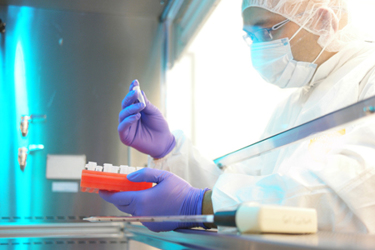Rapid Microbiologic Methods Aid In The "Race To Release" Challenges Of Cell And Gene Therapy Manufacturing
By Stephany Cook, Quality Specialist, Kymanox Corporation, Morrisville, North Carolina

Governing regulatory bodies are recommending that new, modern analytical analysis tools be implemented, particularly within sub-industries such as Cell and Gene Therapy.
Microbiologic methods in the pharmaceutical industry assess and quantify viable contaminants, such as bacteria, yeast, and molds. Traditional culture-based microbiological analysis techniques, such as membrane filtration or direct inoculation sterility testing, can take at least five days and up to 14 days to produce a result. Rapid Microbiologic Methods (RMM) accomplish the same goals as traditional methods, but results are obtained up to ten times faster and more efficiently. Various RMM technologies that utilize optical and light scattering techniques, nucleic acid amplification, biosensors, microarrays, and growth-based methods, which tie in with traditional techniques, can be explored as options for implementing this method at manufacturing sites. RMM benefits intensely high-paced industries with strict timeline needs, where speed matters on the journey from manufacturing to treating patients.
This article examines how RMM differs from traditional microbiologic methods that rely on lengthy incubation periods and provides some understanding as to why there is a shift favoring RMM for pharmaceutical manufacturing, specifically in cell and gene therapies.
Get unlimited access to:
Enter your credentials below to log in. Not yet a member of Cell & Gene? Subscribe today.
